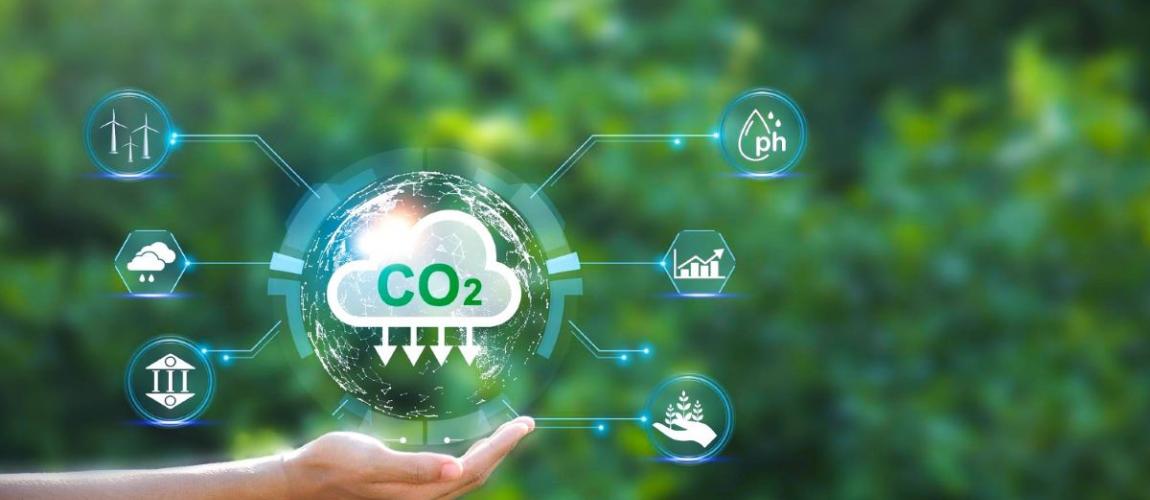Additional Value Enabled by Project (Initial Profiling and Preliminary Decision)

Photo Credit: Image by Freepik
On this page: The project activities also create products or services that generate additional non-ERC revenue, or enable resource savings with tangible cost reductions. Read more below, or visit Strategic Guidance for Country System Assessments, Guidance for Countries in Assessing ERC Projects, or Mobilizing ERC Finance.
F2: Additional value enabled by project: For many projects, beyond the revenues from selling ERCs, the project activities also create products or services that generate additional non-ERC revenue, or enable resource savings with tangible cost reductions. In this regard, two contributions are accounted for: These are additional contributions by the project that can be valued in dollars and allocated to the project’s stakeholders, which are distinct from the socioeconomic value criterion (S2) which considers the co-benefits of the project to the broader community or economy and that may be more complex to quantify in value dollars. Figure 3.3 Guideposts for rating additional value enabled by project 1,000 and above: $1 spent on ERC generation generates at least $1000 of additional value 100 to below 1,000: $1 spent on ERC generation generates at least $100 to less than $1000 of additional value More than 0 to below 100: $1 spent on ERC generation generates more than $0 to less than $100 of additional value 0: Project does not generate any additional value This criterion will be rated based on the proportion of the additional value calculated—contributed by the sum of the project’s non-ERC revenue and cost savings—relative to the project’s cost of ERC generation, taking into account only the cost attributable to ERC generation. This value will reflect the extent to which a per-dollar investment to generate ERCs from the project will enable other sources of economic benefit. Suggested benchmarks are indicated in the guideposts above to rate this value. These can be adjusted according to the projects in consideration or as appropriate to the purpose of the exercise. See Figure 3.3. While the NPV of the project’s non-ERC component is provided as an optional measure for reference in the initial profiling stage, given that this value will largely depend on the business model of the project and its project activities, the evaluation of this criterion at this stage focuses on its total absolute value. The NPV of the project’s non-ERC component will only be used for the more detailed assessment conducted for Step Three.
Values and guideposts for rating
Rating
This section is intended to be a living document and will be reviewed at regular intervals. The Guidelines have not been prepared with any specific transaction in mind and are meant to serve only as general guidance. It is therefore critical that the Guidelines be reviewed and adapted for specific transactions. Unless expressly stated otherwise, the findings, interpretations, and conclusions expressed in the Materials in this Site are those of the various authors of the Materials and are not necessarily those of The World Bank Group, its member institutions, or their respective Boards of Executive Directors or member countries. For feedback on the content of this section of the website or suggestions for links or materials that could be included, please contact the PPPLRC at ppp@worldbank.org.
Updated: June 4, 2024
TABLE OF CONTENTS
UNLOCKING GLOBAL EMISSION REDUCTION CREDIT
Guidance for Countries in Assessing ERC Projects
1. Introduction to Emission Reduction Credits
• The World Bank's Emission Reduction Program
•Classification of Emissions Reduction Credit
• Policy Context of Emissions Reduction Credit
2. Objective of the Guidance for Countries in Assessing ERC Projects
• Objective of Project Preparation Guidelines
• Introduction to the Project Assessment Framework
• Process to Conducting Assessments
• S1: Green Economy Priorities
• S3: Article 6 Readiness and Eligibility
4. Conducting the Initial Profiling and Making a Preliminary Decision
• F2: Additional Value Enabled by Project
• C1, C2, and C3: Carbon Integrity and Environmental and Social Risk Management
5. Conducting the Project Assessment and Making the Final Decision
• F1: Project ERC value and F2: Additional Value Enabled by Project
• Q2: Marketing, Sales, and Pricing
• Q3: Project Governance and Structure
• C2: Environmental Risk Management
• C3: Social Risk Management and Benefits
6. Further Guidance for Application
• Country Context-driven Factors
• Considerations for Future Scope
Abbreviations: Guidance for Countries in Assessing ERC Projects